Riding around Australia – Touring on the VFR1200F in 2010 – Part 3
Part One | Part 2 | Part 3 | Part 4 | Part 5
With the north Queensland part of the journey complete it was time to point the VFR1200F west towards the Northern Territory. Townsville would be the last city and the last sight of the ocean I would see before Darwin, some 2600km away.
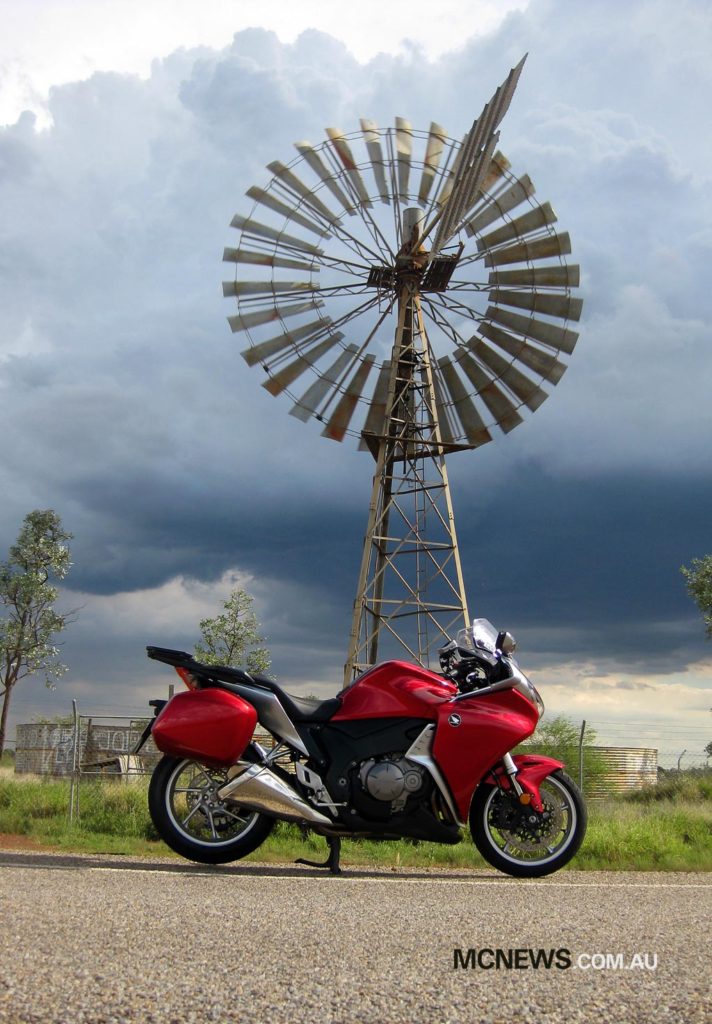
Heading out of Townsville on the Overlanders Highway, the sun rising behind me, I was set for a big day in the saddle. Passing the White Mountains National Park I stopped at Hughenden for fuel and again 260km later in Julia Creek. The next 260km to Mount Isa proved much more scenic than I had expected.
After Cloncurry the Barkly Highway cuts through scenic escarpments with rock formations reminiscent of the Kimberley in Western Australia. The road still offered few bends but the scenery was pretty enough to make this part of the journey particularly enjoyable.
Cloncurry lays claim to Australia’s highest ever recorded temperature. A 53.1°C day in 1889, some scientists claim it is somewhat of a furphy as it was recorded in the sun rather than the shade. The Burke and Wills Memorial just off the highway is a very subdued affair. Many suburban letterboxes are more grand than this tribute to the legendary ill-fated explorers.
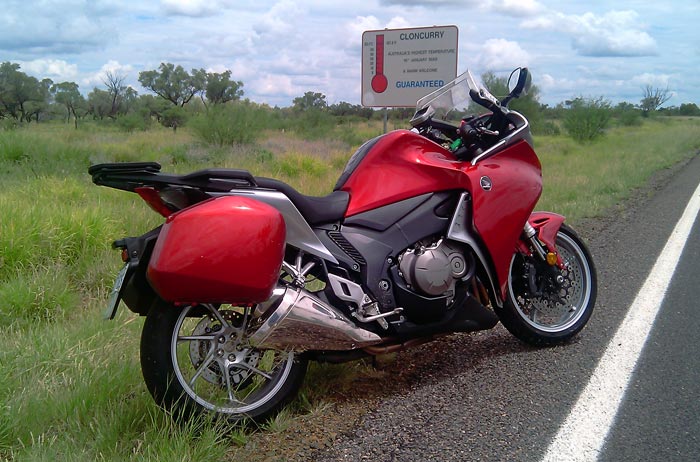
Mount Isa was also new ground for me, and despite seeing a great many mining towns over the years, I can’t say I was quite prepared for the mine basically being in the centre of town. From anywhere in this quite busy town the mine can be seen, and a huge concrete stack dominates the skyline.
I stopped here to give the VFR1200F a quick hose down in a wash bay that operated on a separate concept of time to the rest of the world. You put your $2 in for the allotted 3 minutes and 30 seconds of pressure washing to see the timer count down at an artificially rapid rate.
My time was also about to change zones with the Northern Territory, only 200km up the highway via Camooweal. Fittingly, an approaching storm marked my entry into Australia’s Top End.
It also ended the constraints of 100km/h and 110km/h speed limits and welcomed the relative freedom of 130km/h limits on the highway. Only a few years ago these stretches of open road had no speed restrictions but speed limits were introduced three years ago in response to an alarming road toll. Only for that toll to actually increase after limits were introduced.
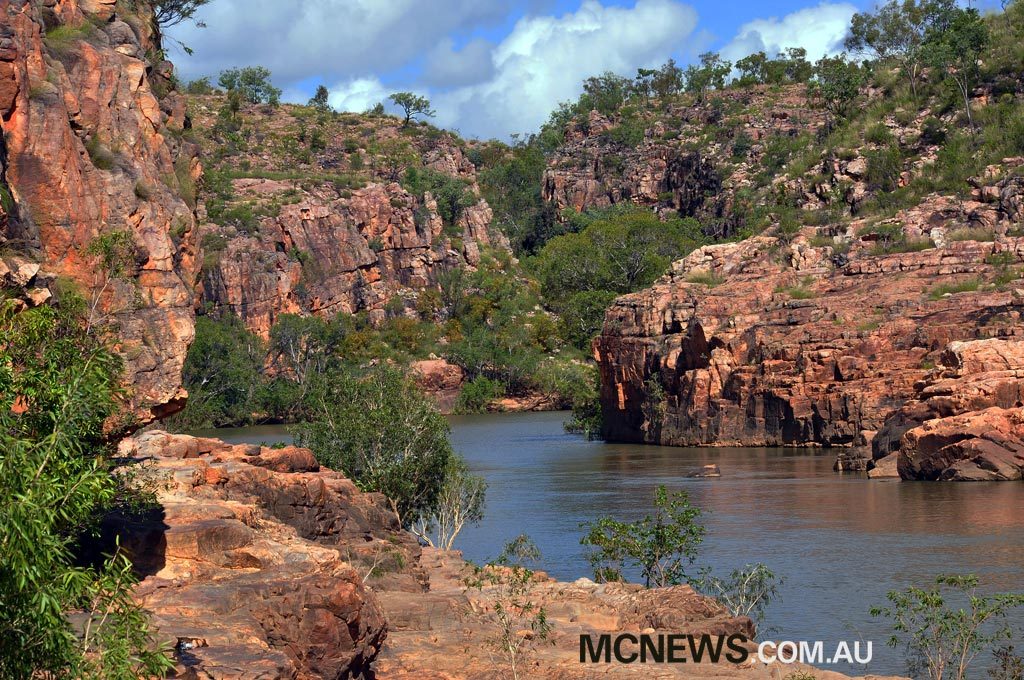
I finished the evening at Three Ways Roadhouse near Tennent Creek after 1600km of riding before continuing the final 1000km to Darwin the following day. Roughly 2600km in 34 hours was a good enough reason to lay up in Darwin for a couple of days, and enjoy the non-stop party atmosphere that is always apparent in the Top End’s largest city.
Darwin certainly puts most Australian capitals to shame in the social stakes. A bustling pub scene seems to kick off every day by lunchtime and continues into the wee hours with the dozen or so main pubs in the CBD always bursting at the seams.
At the other end of the social scale however there are reminders of those at the bottom of the socio-economic scale. Passing through Elliott on my way to Darwin I saw the trademark signs of vandalised public housing, dozens of stray dogs and barefoot aborigines struggling to scratch out a life amidst a fog of substance abuse.
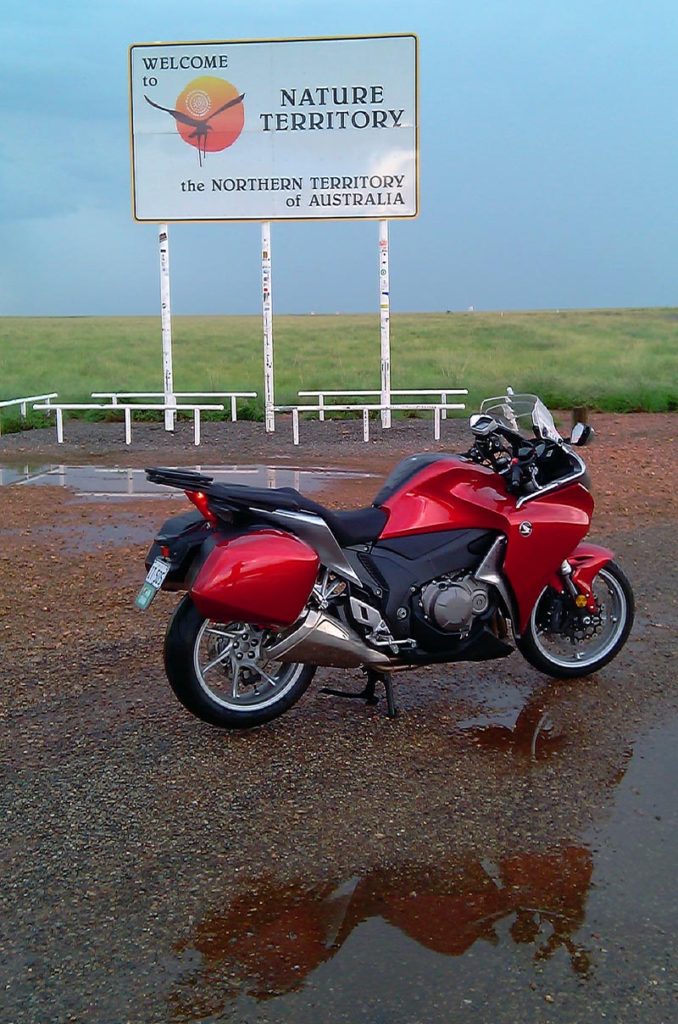
Banner signs mark the government intervention program of prescribed areas where alcohol and pornography are banned but from the outside looking in, it doesn’t seem to be working.
I stopped to buy a bottle of wine in Katherine and was asked for my driver’s licence. It’s a long time since I was asked for proof of age, so I asked the lady why, and she explained that only one bottle is allowed to be purchased each day.
All the liquor outlets are linked up via a system so that if I went around the corner to buy more grog the sale would be rejected when my identification was scanned. I guess it is good that something is being tried to wean people off alcohol dependence, but in my experience, desperate people will always find another substance to abuse once their first choice is withdrawn.
The Town of Katherine is quite well presented and is a popular tourist stop, thanks to the adjoining Katherine River and Nitmulik National Park. I booked in for a gorge cruise and stayed in the comfortable chalet style accommodation in the park. Caravan and tent accommodation is also available with a vast pool area available for guests.
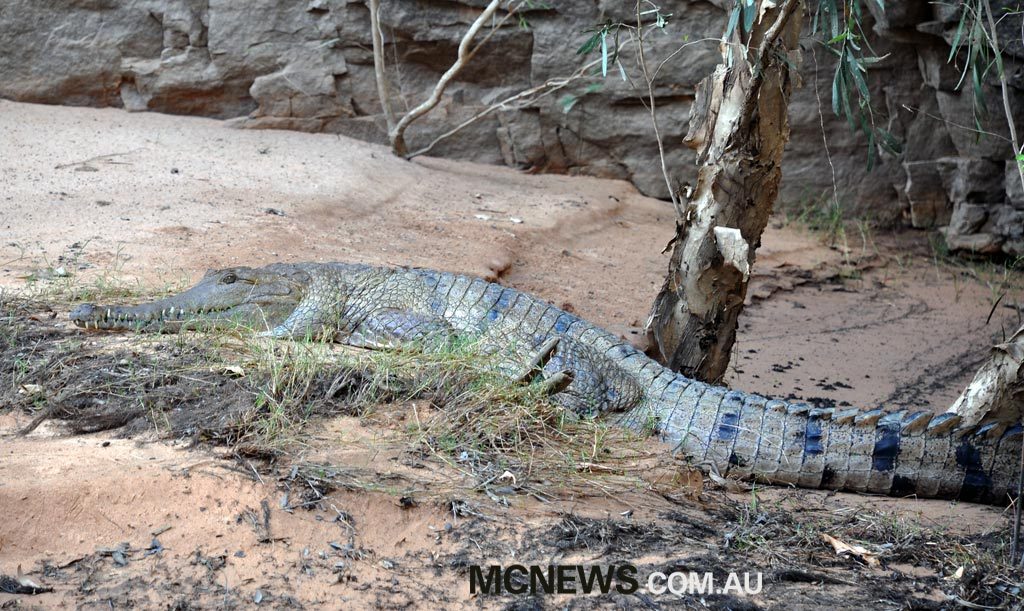
The heat was stifling so I was glad to cool off in the sparkling pool as, due to the wet season, the river is too dangerous for swimming as large salt water crocodiles make their way downstream. The river was also a little brown due to all the run off from the wet, but in the dry season is crystal clear.
I enjoyed the cruise immensely while being entertained by our knowledgeable guide and boat driver Taffy and thoroughly recommend the adventure. After the cruise I headed for the Western Australian border via the scenic Victoria River region.
Numerous cruises operate in this beautiful area, but only in the dry season. Everything up north runs by the seasons and while traveling in the wet season does have advantages, the lack of tours can be a little frustrating.
The advantages of the fewer numbers however are generally reflected in lower accommodation prices and easy booking for those tours that are operating. In the dry season these areas are often packed with holiday makers and tours completely booked out, so if heading up in the peak season, ensure you make bookings well in advance if possible.
Cruising at 130km/h via GPS saw the VFR1200F indication 142km/h on its digital speedometer. Despite those speedo differences the tripmeters were proving only two per cent optimistic. I can’t really figure that out, but those are the facts.
The conventional 12,000rpm tachometer lays waste to the final 1500rpm on its dial thanks to the rev-limiter cutting the fun at 10,500rpm. At a true 130km/h the VFR1200F uses less than half of that 10,500rpm and returns reasonable economy. A 300km range from the 18.5 litre fuel cell is easily attainable at highway speeds.
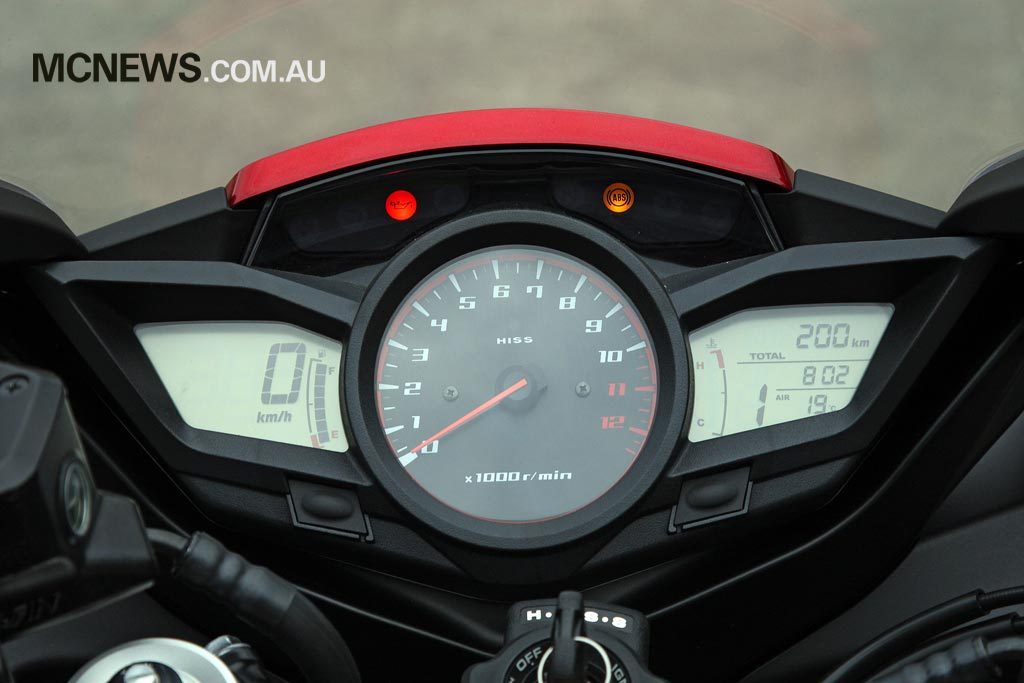
A seven segment LCD fuel gauge resides between the tacho and speedo. Annoyingly, the gauge reads totally full until around 100km has been covered, and thus a third of the tank been used. The next five segments extinguish in less than 30km intervals. The last segment then starts flashing to indicate that between 4 and 4.5 litres remain.
That warning generally occurs somewhere between 210 and 260km on either of the two three-digit tripmeters. That variance is wholly dependent on riding style and conditions and the 4.5 litre reserve proves good enough for another 75km if riding economically.
The user manual and tank stickers recommended 98 octane but when premium unleaded has been unavailable the VFR1200F has displayed no adverse effects from running lower quality 91 octane fuel.
On the other side of the tacho resides a five segment coolant temperature gauge. The midway mark of the gauge intersects the mid-point of the third segment and is generally where the gauge remains. In some conditions only two segments are illuminated and despite riding for hours on end in oppressive heat I have yet to see the fourth or fifth segments signal.
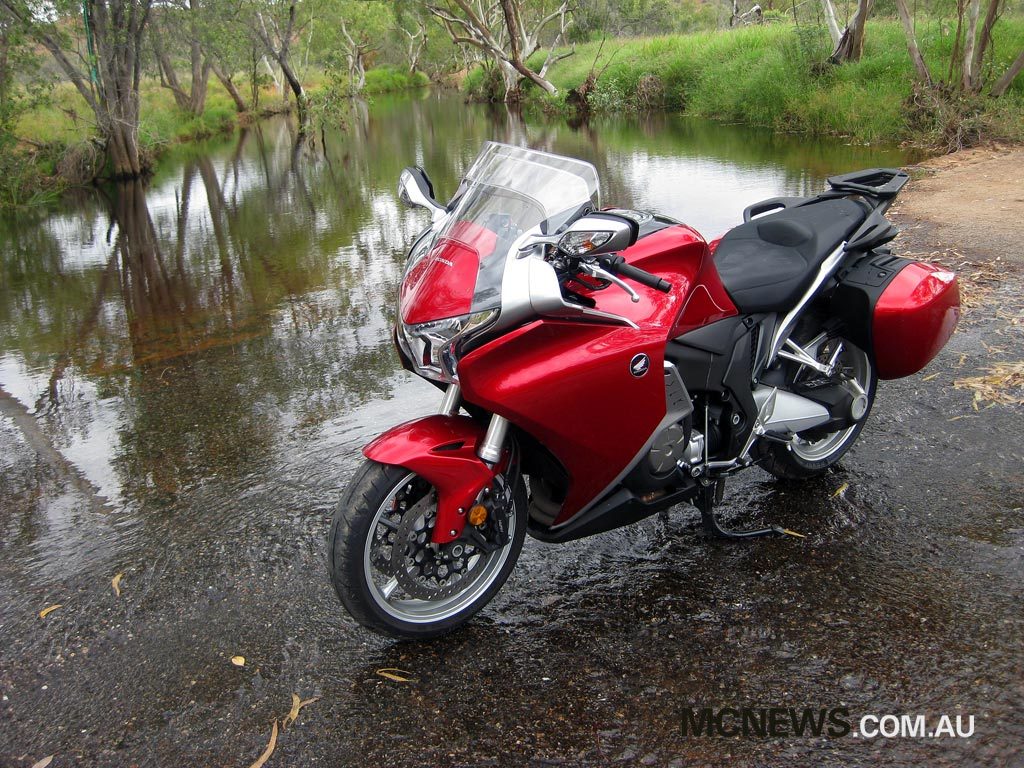
A large gear position indicator proves useful and is flanked by an ambient air temperature gauge and a digital clock. The instrumentation brings nothing new to the table but proves attractive and functional, much like the rest of the VFR1200F really.
No traction control or electronically adjustable suspension will annoy some. Likewise, some riders will welcome the relative simplicity of the Honda. And of course it also means much less to worry about going wrong once the two-year warranty expires…
I will report back next on my north-west adventures after sampling Lake Argyle and the Kimberley, before heading down towards Karijini National Park and pushing the odometer into five digits.
Part One | Part 2 | Part 3 | Part 4 | Part 5























